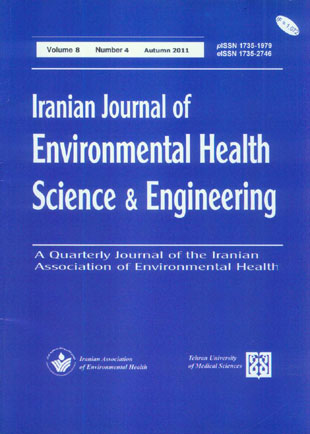Bioemulsan Production by Iranian Oil Reservoirs Microorganisms
Author(s):
Abstract:
The biosurfactants are believed to be surface active components that are shed into the surrounding medium during the growth of the microorganisms. The oil degrading microorganism Acinetobacter calcoaceticus RAG-1 produces a poly-anionic biosurfactant, hetero-polysaccharide bioemulsifier termed as emulsan which forms and stabilizes oil-water emulsions with a variety of hydrophobic substrates. In the present paper results of the possibility of biosurfactant (Emulsan) production by microorganisms isolated from Iranian oil reservoirs is presented. Fourthy three gram negative and gram positive, non fermentative, rod bacilli and coccobacilli shaped baceria were isolated from the oil wells of Bibi Hakimeh, Siri, Maroon, Ilam, East Paydar and West Paydar. Out of the isolated strains, 39 bacterial strains showed beta haemolytic activity, further screening revealed the emulsifying activity and surface tension. 11 out of 43 tested emulsifiers were identified as possible biosurfactant producers and two isolates produced large surface tension reduction, indicating the high probability of biosurfactant production. Further investigation revealed that, two gram negative, oxidase negative, aerobic and coccoid rods isolates were the best producers and hence designated as IL-1, PAY-4. Whole culture broth of isolates reduced surface tension from 68 mN /m to 30 and 29.1mN/m, respectively, and were stable during exposure to high salinity (10%NaCl) and elevated temperatures(120C for 15 min).
Language:
English
Published:
Iranian Journal of Environmental Health Science and Engineering, Volume:1 Issue: 2, Autumn 2004
Pages:
28 to 35
https://magiran.com/p425165


